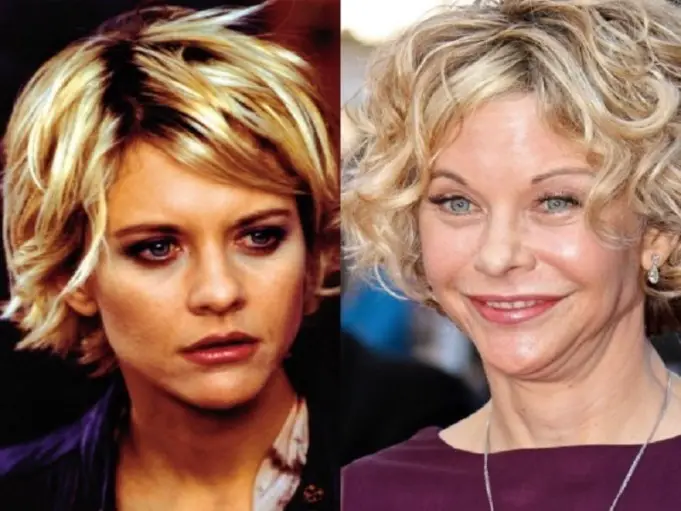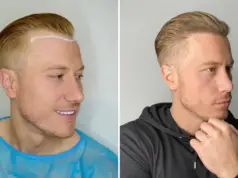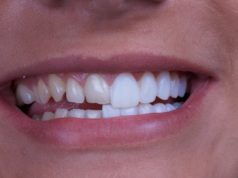As you get older the good news is you don’t HAVE to leave your youthful looks behind. Thanks to cosmetic surgeries such as a facelift you can counteract the effects of gravity and time to restore the vibrant and natural appearance of your skin and face that you remember from years ago. You can even stop the early signs of aging BEFORE they start to take hold.
What is facelift surgery?
A facelift lifts and firms sagging facial skin tissue giving you a more naturally looking youthful appearance. It is often said that a facelift helps you turn back the clock by allowing you to look like a younger version or yourself.
Sagging, excess skin is removed while smoothing out any deep folds and lifting and tightening the deep facial tissues. A facelift can make you not only look younger – but look better too.
Why have a facelift?
As we age the skin begins to lose its elasticity which can result in jowls on the lower face, loose skin on the neck and deep wrinkles. This is just a natural part of the aging process but if you are bothered by this happening you may find a facelift is the right option for you.
If any of the following bother you then perhaps a facelift is an option for you to consider.
- You wear scarves and clothing with high necklines, not because you want to, but because you want to cover up sagging skin
- You feel quite self-conscious about the look of your face and neck due to sagging skin
- You feel that looking older is hampering your career or personal relationships
- When you see your reflection in the mirror you feel your face is making you look a lot older than you feel.
After a facelift many patients feel far more confident, they have a face that shows off a more healthy and energetic vibe.
A facelift is still a quite complex procedure that requires not only a specific skill set of surgical techniques, but an extensive knowledge of facial anatomy and an eye for aesthetic detail. Before choosing a facelift surgeon do your homework – not all specialists who practice cosmetic surgery receive training in facelift surgery.
When looking for a qualified cosmetic surgeon ask about not only their training but their experience in the field as well. How many procedures have they performed and ask to look at any before and after photos during your consultation. This will help you get a feel for your cosmetic surgeon’s skills and style.
For any men who may be considering facelift surgery they should make sure the cosmetic surgeon has experience in performing facelifts on male patients as the anatomy of a man’s face is different to that of a woman’s and requires different skills and knowledge.
Types of facelifts
Facelift surgery is customised to each patient’s specific needs and requirements, and can include;
Mini Facelift:
This is perfect for the patient who only has a mild degree of sagging skin and/or jowling – it’s a far less invasive procedure and allows the surgeon to tighten deep facial tissues through shorter incisions typically above each ear along the hairline or in the natural crease-lines around the ear.
A mini facelift can help address those unwelcome signs of aging before they become too noticeable and can help postpone the need for a full face lift for years to come.
Standard Facelift:
a traditional or standard facelift addresses the moderate to advanced aging around the neck and mid-face. The surgery is more extensive than for a mini-facelift and more recovery time is needed, but the results are more dramatic.
Incisions are usually used behind the hairline starting near the temples and around the front of the ear. The deeper tissues beneath the skin and excess skin is removed to eliminate jowling, smooth creases, eliminate sagging skin under the neck and give the patient a more youthful appearance.
How does facelift surgery work?
The techniques used during a facelift depend entirely on the patient – his or her goals, their anatomy, if it is to be a mini or full facelift and if any other procedure is to be performed at the same time. Facelifts are often performed under a general anaesthetic or a local anaesthetic with sedation for a less extensive procedure.
Author Bio:
Dr. Michael Zacharia is a highly trained Sydney-based surgeon specialising in facial surgery and Ear, Nose and Throat (ENT) surgery. Throughout his career, Dr. Zacharia has performed 4,000+ rhinoplasty procedures, and he’s earned a reputation in the industry for achieving natural-looking results using the latest facial rejuvenation techniques. In addition to rhinoplasty, Dr Zacharia provides a number of facial plastic surgery procedures for clients, including facelift, eyelid surgery, brow and neck lift, and cosmetic ear surgery.












